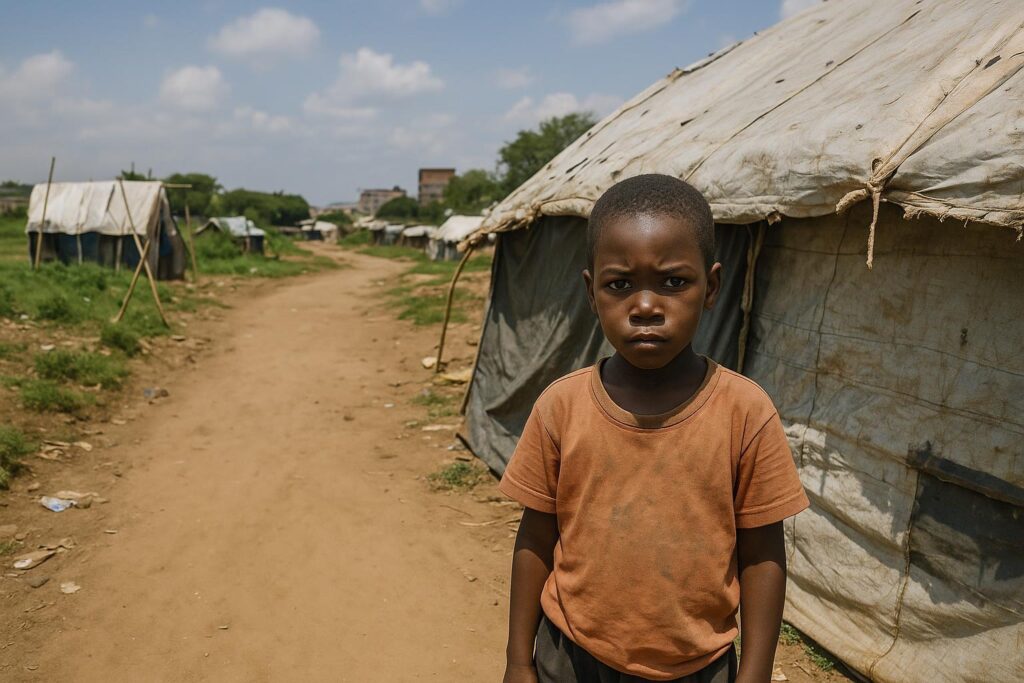Living Among Tombstones in Juba
At sunset, small fires flicker between gravestones in Hai Malakal cemetery, children weave through headstones while laundry dries on marble slabs; the graveyard has evolved into an unlikely neighbourhood alive with routine.
For more than 9,000 displaced, widowed or impoverished residents, cemeteries across Juba offer a last refuge after conflict, evictions and soaring rents stripped them of conventional housing, turning burial grounds into makeshift dormitories.
Roots of Juba’s Housing Crisis
Years of armed conflict swelled the capital’s population while infrastructure investment lagged, creating a mismatch between demand and supply of affordable dwellings.
A single room in the city can cost above 150 US dollars each month, a figure that pushes low–income workers far beyond their financial limits.
Without public housing programmes or broad social safety nets, families evicted from rented homes often relocate to graveyards, where land remains uncontested yet unprotected.
Food aid once eased the burden, but residents say organised relief ceased in 2023, leaving mothers like Sultana Zakaria Kani to navigate hunger and illness alone (Eye Radio).
Legal and Ethical Crossroads
South Sudanese law forbids settling on burial sites; Section 204 of the Law of Encroachment prescribes at least three yearsʼ imprisonment for offenders, reflecting the cultural sanctity of graves.
Advocate Monyluak Aguer argues that criminalisation alone cannot solve the dilemma because desperate people simply lack land or affordable housing options (Eye Radio).
Civil society leader Edmond Yakani welcomes Parliament’s motion on cemetery management but insists systemic land allocation reforms are essential to keep the living and the dead respectfully apart (Eye Radio).
Everyday Struggles Inside the Graveyards
Long-time resident Sultan Joseph Wani recalls losing his home in 1986 and now survives by cleaning Konjo-Konjo market to buy food for his family (Eye Radio).
Young Marco, seven years among the tombs, collects garbage for cash, while children nearby battle treatable illnesses without medicine and parents beg for plastic sheeting to withstand rain (Eye Radio).
“We live here because we have no other option,” explains widow Regina Koreing, requesting only shelter, food and healthcare—modest needs that remain unmet in the heart of the capital (Eye Radio).
Outlook for Urban Solutions
Analysts contend that meaningful investment in affordable housing and transparent land distribution will decide whether graves remain homes or revert to resting places.
Until then, dusk in Hai Malakal will continue to reveal a poignant tableau where life persists alongside memory, reminding policymakers that homelessness can haunt even the most sacred ground.


